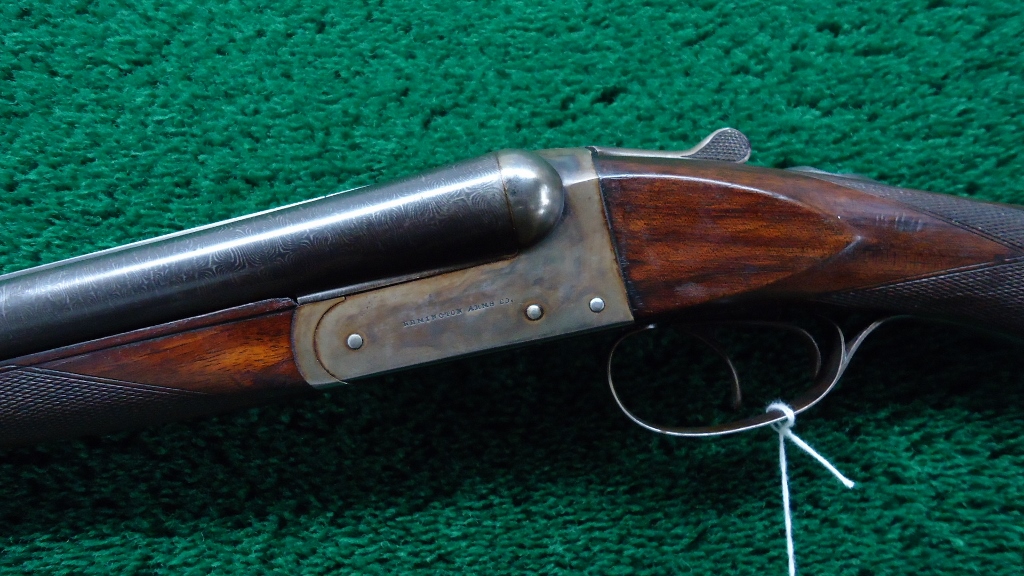

24/6mm bullets.Īnother peculiar rifling twist story involves the. and produced all 6mm rifle barrels with 1 in 9 inch twist barrels, which can stabilize all. The following year they reintroduced the exact same cartridge as the 6mm Rem. Sales remained so slow that eventually Remington had to discontinue the. 244 barrels to 1 turn in 9 inches, but the damage was done. Remington soon saw the error of their ways and changed the rifling of their. 24 caliber rifles for hunting medium size big game, with 100 grain bullets. It turned out, most customers wanted to use their new. 244 with a 1 in 12 inch twist barrel could stabilize was 90 grains.243 Winchester barrels, on the other hand, were rifled 1:10" to stabilize bullets as heavy as 105 grains. The 1 in 12 inch twist is ideal for best accuracy with varmint weight bullets (70-85 grains) in a high velocity. 244 were made with a 1:12" twist, because Remington anticipated that their new cartridge would be used primarily for varmint shooting. 244 Remington, introduced at the same time as the. Once in a great while, though, a manufacturer makes a mistake. Many other factors are more important to accuracy and performance than twist rate. 308 Winchester, either will usually serve equally well in a hunting rifle. Where there are two twist rates in common use, for example 1:10 and 1:12 for the. Anyone ordering a new barrel for a hunting rifle will generally do well to specify the standard twist as supplied by the major rifle manufacturers for that caliber. 223/5.56mn AR-15 type rifles.įortunately, the rate of twist chosen by the rifle maker is usually appropriate for the intended cartridge. This particularly applies to frangible varmint bullets, which have very thin jackets, fired at high velocity in very fast twist barrels, such as the 1 in 7" twist barrels supplied on many. At the same velocity in the same caliber, longer bullets require faster twist rates than shorter bullets.Ī faster twist increases pressure, barrel wear and also the strain on the bullet jacket, which can actually come apart if spun too fast. It takes less twist to stabilize a given bullet at high velocity than at low velocity. Spinning a bullet markedly too slow or too fast is detrimental to accuracy. The standard twist for a rifle barrel is designed to stabilize the range of bullets and velocities normally associates with that particular cartridge out to very long range. The caliber, length, shape and velocity of a bullet determine its optimum twist rate. The rate of twist is expressed as one turn in so many inches (i.e. The tightness of the spiral is called the "twist rate." The tighter the spiral grooves, the faster the bullet spins.

These are intended to spin the bullet to keep it stable (point on), without wobbling or tumbling, during its flight to the target. Inside of a rifle barrel there are spiral grooves, called rifling.


 0 kommentar(er)
0 kommentar(er)
